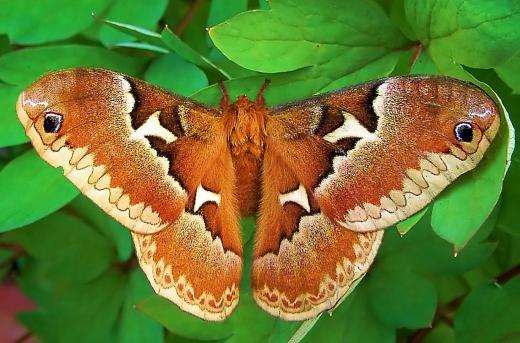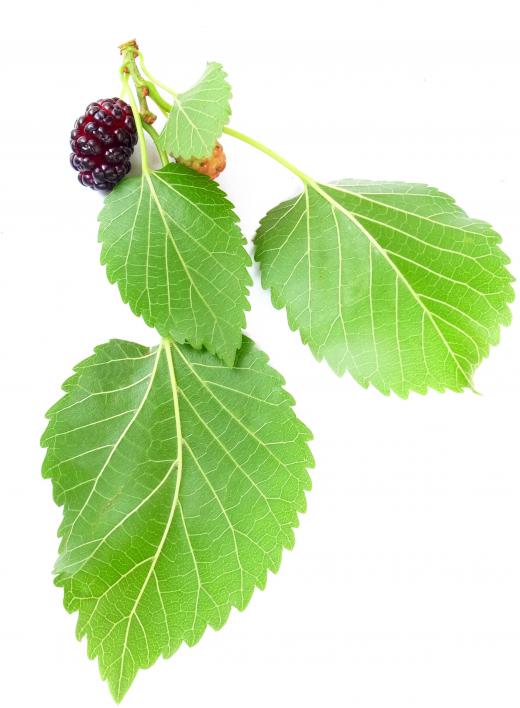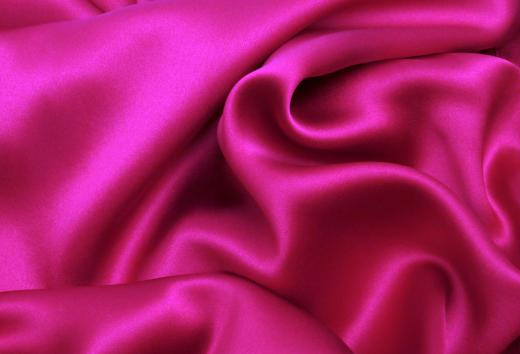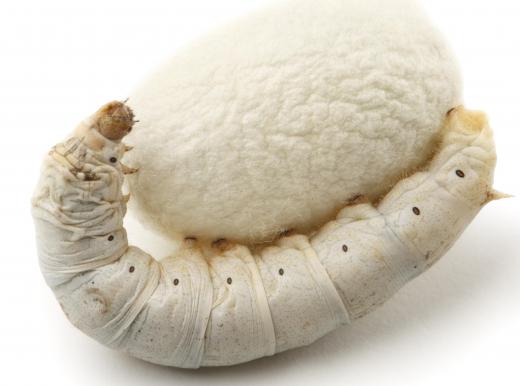Silk is a natural fiber, and the process of collecting and preparing raw silk has remained largely unchanged over the past 4,000 years. It is harvested from the cocoons of the larvae of the silkmoth, Bombyx mori. After harvesting, the fibers are processed, woven and dyed.
Several creatures secrete a form of silk, but their secretions are far inferior to those of the silkworm, which is the larval stage of the silkmoth. Many attempts have been made to produce a synthetic alternative, but the results have been poor and the quality much different to the natural material. The silkmoth is native to China, and it was the Chinese, more than 4,000 years ago, who discovered the process to make this fabric.

Chinese silk producers kept the origins of this extremely valuable and sought-after material an absolute secret. At one point, revealing any part of the process was an offense punishable by death. There are no longer any wild silkmoths; they survive solely in captivity, mainly on silk farms.
Intensive cultivation and domestication over the course of more than 4,000 years have resulted in the adult silkmoth evolving into a flightless creature with a fat body and tiny wings that are unable to lift the creature's weight. Instead, the adult moth crawls on legs that struggle to support its weight. It lives for up to one week, neither eating nor drinking, its sole purpose being to breed.

Females lay up to 500 eggs, which take around two weeks to hatch into tiny caterpillars referred to as silkworms. The larvae only eat mulberry leaves that are chopped into small pieces and given every few hours. It grows rapidly, repeatedly shedding its skin until it reaches 3 inches (7.5 cm). The caterpillar then pupates and begins to secrete a liquid from two glands on the head; the liquid hardens as it reacts with the air.

This process is designed to protect the pupa and can take as long as three days. The secretion is a single, continuous thread and is raw silk. Once complete, the cocoon is placed into boiling water to kill the developing moth before it can emerge and destroy it. The cocoon is then carefully unraveled and placed on a large reel. From each, the strand of silk measures up to 2,953 feet (900 m).

The fine strands are wound together to produce yarn that can then be woven and dyed. Waste silk, such as flawed or short strands, is also processed. It is used to make short furnishings or clothing and items of lower quality, which is reflected in the cost of the finished items. Reeled silk is the term given to the material of highest quality, and it is the most highly prized.
